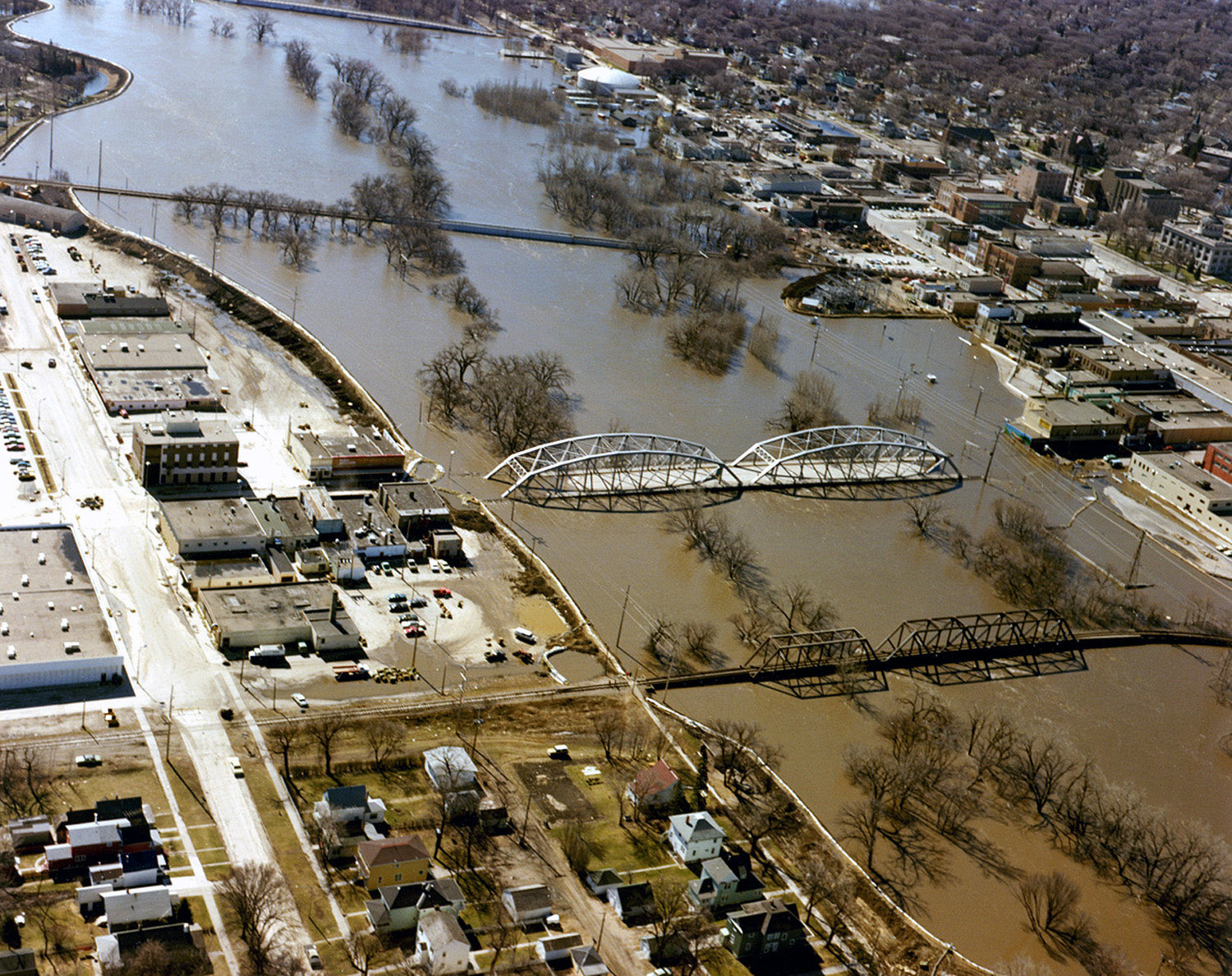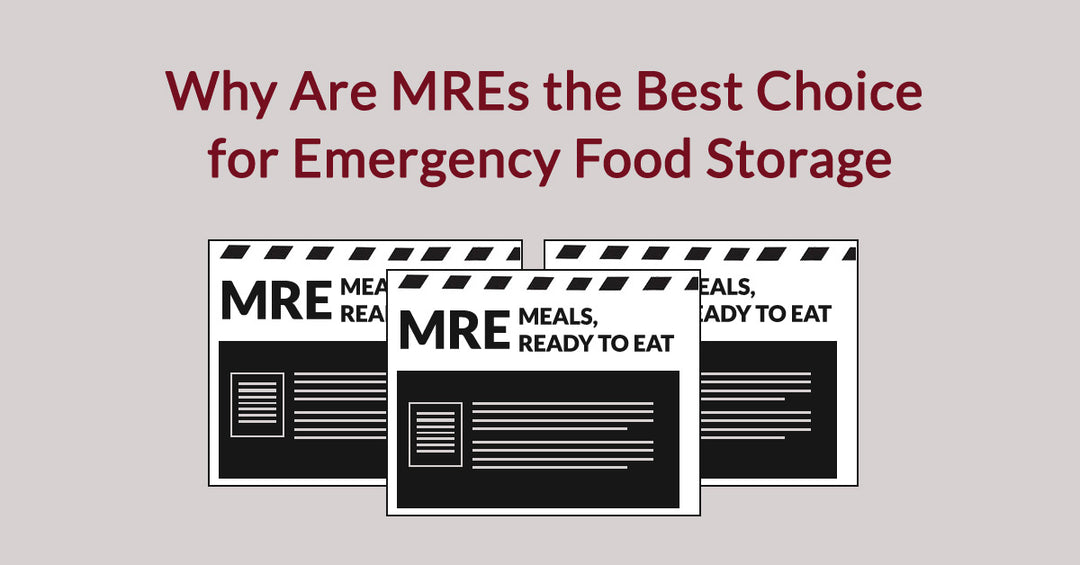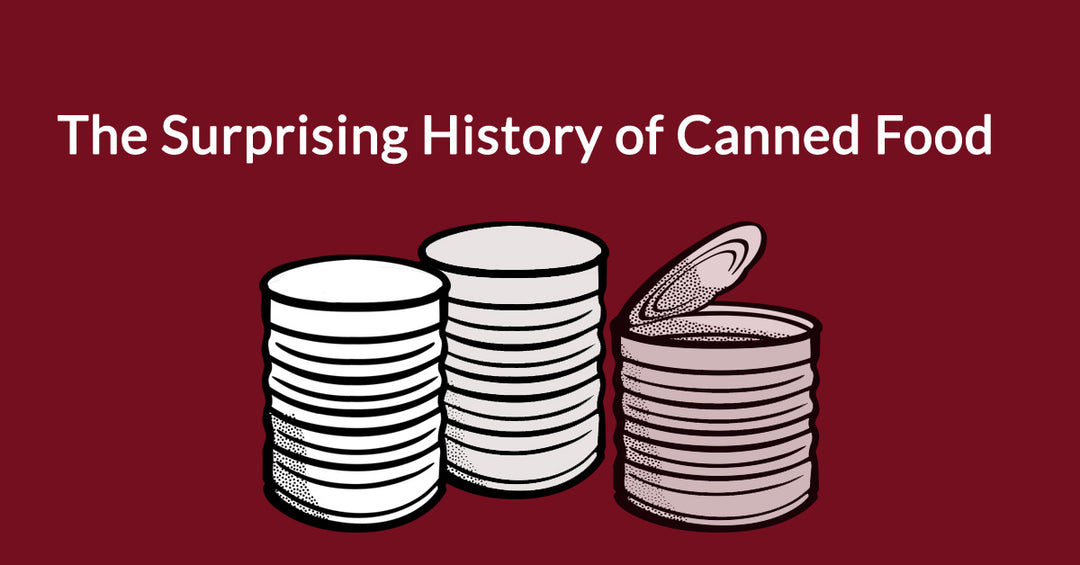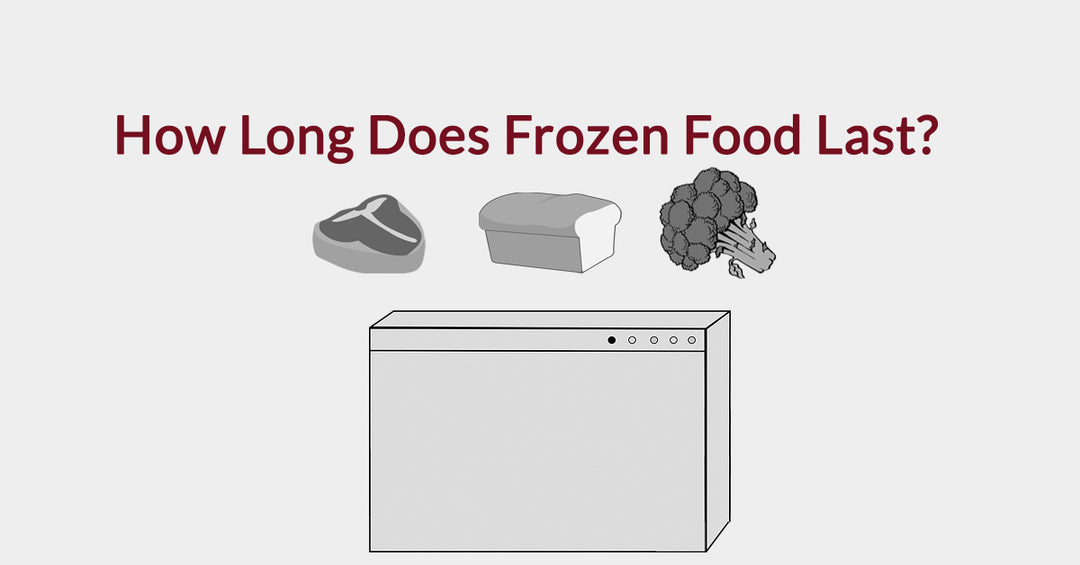Chronology of US Food Supply Disasters (1995 - Present)
LA Wildfires (July 2025 – Southern California)

Type: Widespread urban-wildland interface wildfire
Food-Related Challenges: Major evacuations left residents without access to food or cooking resources. Shelters and relief centers reported shortages of perishable items and meal-ready options. Power outages disrupted grocery and food storage operations.
Affected: Evacuated families, low-income neighborhoods without vehicles, and wildfire response crews.
Outcomes/Lessons: Reinforced the need for scalable emergency meal services and mobile refrigeration. This prompted cities to stockpile non-perishable, nutritious food for urban wildfire scenarios.
Hurricane Helene (September 2024 – Southeastern U.S. Coastline)

Type: Category 3 hurricane
Food-Related Challenges: Extensive flooding damaged local crops and livestock farms. Regional trucking was suspended, cutting off resupply to grocery stores. Shelters strained to meet food demand.
Affected: Coastal towns, farming communities, and inland evacuees relying on external aid.
Outcomes/Lessons: Emphasized the vulnerability of food infrastructure to storm surge. Inspired renewed investment in protected agricultural zones and distributed food storage.
Hurricane Ian (September 2022 – Florida)

Type: Category 4 hurricane
Food-Related Challenges: Destruction of coastal communities halted food deliveries and wiped out local stock. Perishable goods spoiled due to widespread power outages. Long gas lines delayed emergency food convoys.
Affected: Millions across Florida, especially retirees and mobile home residents without evacuation options.
Outcomes/Lessons: Brought attention to the fragility of refrigeration in storm-prone areas. Boosted interest in solar-powered cold storage and home emergency food kits.
Hurricane Ida (August 2021 – Gulf Coast to Northeast U.S.)

Type: Category 4 hurricane and inland flood disaster
Food-Related Challenges: Urban flash flooding trapped residents without food or potable water. Power outages left food banks and shelters unable to operate. Supply chains disrupted from Louisiana to New York.
Affected: Low-income urban communities, senior housing complexes, and rural areas cut off by floodwaters.
Outcomes/Lessons: Spurred infrastructure grants to flood-prone cities. Encouraged elevation of food depots and alternative delivery options like drones and high-clearance vehicles.
Midwest Derecho (August 2020 – Iowa and Central U.S.)

Type: Inland hurricane (straight-line windstorm)
Food-Related Challenges: Widespread damage to grain silos, cornfields, and meat processing facilities. Power grid failures halted refrigeration. Food bank warehouses were hit directly.
Affected: Rural farmers, low-income families, and regional processors dependent on just-in-time supply.
Outcomes/Lessons: Revealed structural weaknesses in vertical food systems. Increased interest in decentralized farming and backup energy for food storage.
Hurricane Harvey (August 2017 – Texas Gulf Coast)

Type: Category 4 hurricane with record rainfall and flooding
Food-Related Challenges: Massive flooding disrupted grocery supplies and wiped out community gardens. Thousands displaced to shelters overwhelmed with food demand. Local food pantries inundated or damaged.
Affected: Greater Houston area, including low-income urban neighborhoods and isolated rural communities.
Outcomes/Lessons: Triggered improvements in urban disaster food logistics and warehouse waterproofing. Prompted FEMA partnerships with food banks and retailers.
Hurricane Irma (September 2017 – Florida and Southeastern U.S.)

Type: Category 5 hurricane
Food-Related Challenges: Long power outages caused widespread food spoilage. Panic buying emptied grocery shelves days before landfall. Food deliveries stalled for over a week in many areas.
Affected: Seniors, evacuees, and those in mobile housing without backup power.
Outcomes/Lessons: Highlighted importance of shelf-stable emergency rations and regional food reserves for storm-prone states.
California Wildfires (November 2018 – Statewide)

Type: Multiple wildfires including the Camp Fire
Food-Related Challenges: Burned-out infrastructure left entire towns without access to food. Evacuees flooded surrounding areas, stretching available food supplies. Air quality made outdoor food distribution hazardous.
Affected: Tens of thousands displaced, especially those without vehicles or housing options.
Outcomes/Lessons: Reinforced need for emergency food mobility and pre-positioned supplies. Led to stronger collaboration between state agencies and food banks.
Hurricane Matthew (October 2016 – Southeastern U.S.)

Type: Category 5 hurricane
Food-Related Challenges: Flooding and wind damage wiped out crops in the Carolinas. Shelters were understocked. In some rural areas, residents went days without access to food or clean water.
Affected: Coastal and inland communities, particularly vulnerable residents in trailer parks and flood zones.
Outcomes/Lessons: Led to FEMA recommendations on pre-positioned meals and increased investment in food storage infrastructure in hurricane-prone counties.
Super Tornado Outbreak (April 2011 – Southern U.S. and Midwest)

Type: Multi-day tornado outbreak
Food-Related Challenges: Entire towns flattened, destroying grocery stores and food access points. Relief efforts faced access issues. Widespread power loss affected food storage.
Affected: Small rural communities and vulnerable mobile home residents across Alabama, Mississippi, and Tennessee.
Outcomes/Lessons: Prompted discussions about mobile disaster food units and temporary pop-up groceries.
Hurricane Ike (September 2008 – Texas and Gulf Coast)

Type: Category 2 hurricane with massive storm surge
Food-Related Challenges: Power outages left millions without refrigeration. Coastal communities were isolated due to flooding. Relief deliveries faced logistical obstacles.
Affected: Greater Houston area and barrier islands.
Outcomes/Lessons: Emphasized the need for reliable off-grid food prep options and more resilient food aid routes.
California Wildfires (October 2007 – Southern California)

Type: Widespread wildfires near urban centers
Food-Related Challenges: Major evacuations disrupted access to food. Shelters underprepared for high evacuee volumes. Air quality issues complicated outdoor food efforts.
Affected: Over half a million evacuees across multiple counties.
Outcomes/Lessons: Reinforced the importance of pre-staged meals and better food delivery strategies during environmental crises.
Hurricane Rita (September 2005 – Gulf Coast)

Type: Category 5 hurricane
Food-Related Challenges: Post-Katrina supply lines were already stretched. Rita caused new evacuations and relief needs. Long fuel lines delayed food convoys.
Affected: Louisiana, Texas, and evacuees already displaced by Katrina.
Outcomes/Lessons: Led to deeper analysis of compounding disaster response and food aid coordination.
Hurricane Charley (August 2004 – Florida)

Type: Category 4 hurricane
Food-Related Challenges: Sudden shift in hurricane track caught communities unprepared. Widespread food spoilage and closed stores.
Affected: Central Florida towns, particularly older residents and seasonal workers.
Outcomes/Lessons: Contributed to push for faster disaster communication and real-time food aid tracking tools.
Hurricane Isabel (September 2003 – Mid-Atlantic States)

Type: Category 2 hurricane
Food-Related Challenges: Power outages disrupted food storage and sales. Rural areas inaccessible by road for several days.
Affected: Virginia, Maryland, and parts of North Carolina.
Outcomes/Lessons: Spurred regional investment in emergency meal storage and state-level food distribution plans.
Cedar Fire (October 2003 – San Diego County, CA)

Type: Wildfire
Food-Related Challenges: Rapid evacuations left thousands without food or water. Shelters overwhelmed by evacuees.
Affected: Suburban families, first responders, and those in temporary accommodations.
Outcomes/Lessons: Demonstrated need for faster deployment of food relief and more fire-adapted shelter logistics.
Tropical Storm Allison (June 2001 – Texas and Gulf States)

Type: Prolonged rainstorm causing historic flooding
Food-Related Challenges: Flooded homes lost all stored food. Low-income neighborhoods were stranded by high waters.
Affected: Houston and surrounding low-elevation areas.
Outcomes/Lessons: Prompted review of how flood risks affect food equity in urban environments.
Hurricane Floyd (September 1999 – East Coast U.S.)

Type: Category 2 hurricane with extensive inland flooding
Food-Related Challenges: Shelters in the Carolinas ran out of meals. Many flooded towns couldn’t receive resupply for days.
Affected: Low-income rural residents, including many without vehicles to evacuate.
Outcomes/Lessons: Highlighted the need for better food support to shelters in rural areas.
Oklahoma Tornado Outbreak (May 1999 – Central Oklahoma)

Type: Tornado outbreak
Food-Related Challenges: Local grocery stores and food pantries destroyed.
Affected: Communities such as Moore and Bridge Creek.
Outcomes/Lessons: Supported development of community disaster food storage centers.
Red River Flood (April 1997 – North Dakota and Minnesota)

Type: Major river flooding
Food-Related Challenges: Towns evacuated, leaving perishable food behind. Long-term recovery impacted by destroyed crops.
Affected: Fargo, Grand Forks, and other Midwestern towns.
Outcomes/Lessons: First instance of National Guard-led food convoy operations in Midwest flood zones.
Chicago Heat Wave (July 1995 – Chicago, IL)

Type: Extreme heat emergency
Food-Related Challenges: Seniors and isolated individuals had little access to fresh food or cold storage. Grocery stores lost stock due to refrigeration failures.
Affected: Elderly, disabled, and low-income residents in poorly ventilated housing.
Outcomes/Lessons: Highlighted overlooked food risks in non-evacuation emergencies. Led to “check-in” programs and meal delivery for at-risk residents.
New Orleans Flood (May 1995 – Louisiana)

Type: Heavy rainfall and levee breach
Food-Related Challenges: Flooded neighborhoods lost access to food. Emergency shelters reported low meal supply.
Affected: Low-income neighborhoods in Orleans Parish.
Outcomes/Lessons: Early warning of systemic weaknesses that would later compound during Hurricane Katrina.




